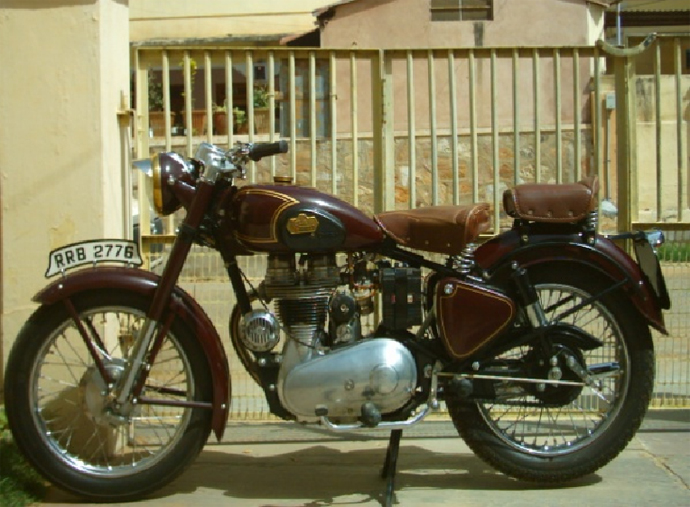 Royal Enfield, the pride of Indian two wheelers
Royal Enfield, the pride of Indian two wheelers
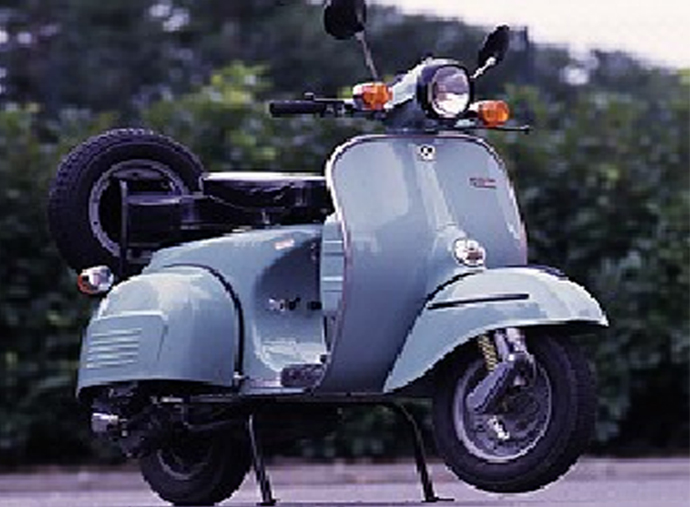 Chetak, India's First and Trusted scooter
Chetak, India's First and Trusted scooter
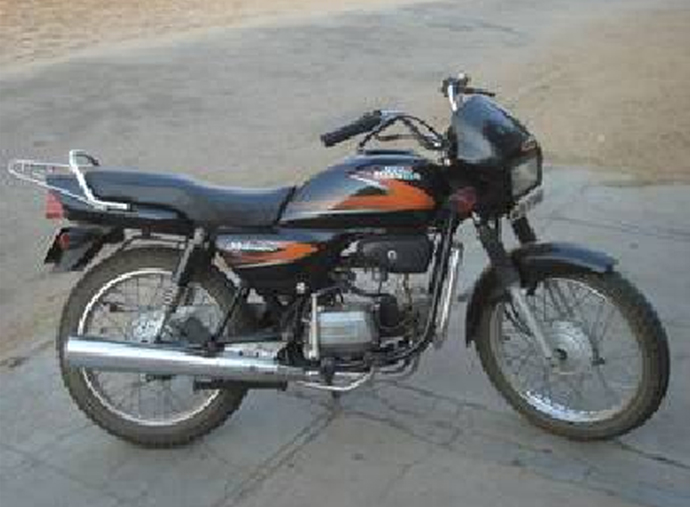 Splendor, beginning of fuel-efficiency
Splendor, beginning of fuel-efficiency
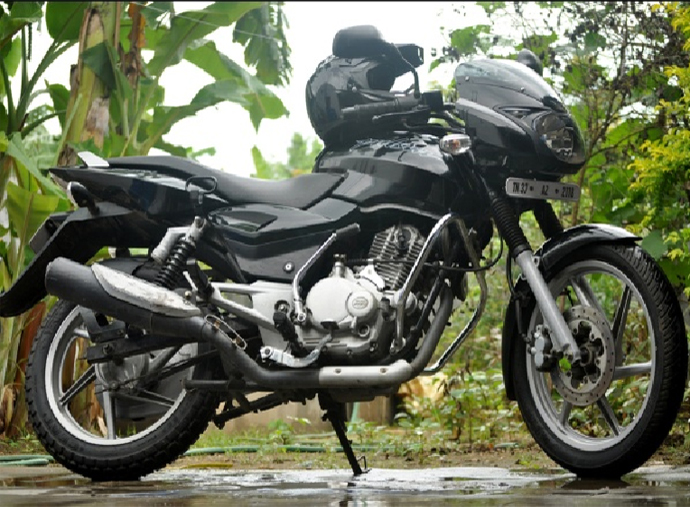 The legend of style and performance, Pulsar
The legend of style and performance, Pulsar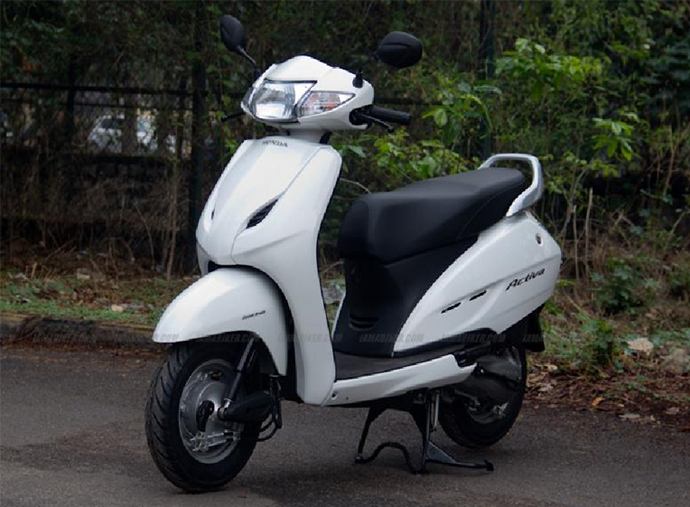 Activa, The path breaker and trendsetter in scooters
Activa, The path breaker and trendsetter in scooters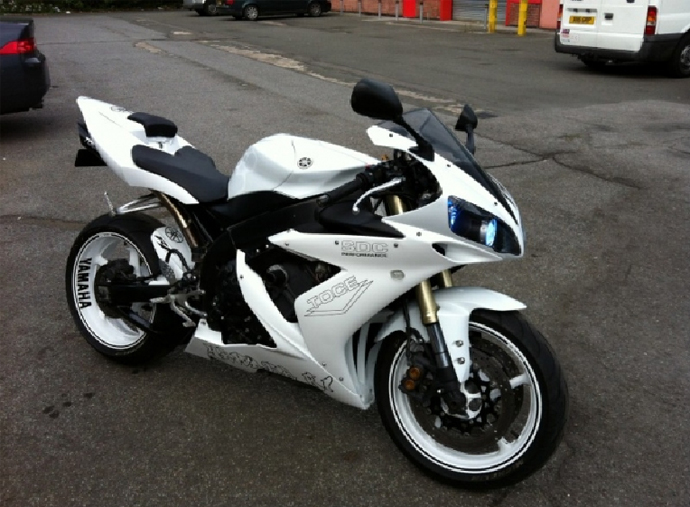 The Yamaha R1 superbike on Indian roads
The Yamaha R1 superbike on Indian roads
From convenience to style, the two wheeler gives it all
What is the point of having a two wheeler? If you had asked this question several years ago, the answer would have been, to take you from point A to point B. Two wheelers, originally designed to be safer, efficient and comfortable rides, have come a long way since then, while continuing to serve their purpose even today. Here's a glimpse of the great Indian two wheeler evolution.
Two wheelers: A symbol of pride
The Royal Enfield, the first two wheeler in circulation in the country, was initially available solely to the military. Back then, owning a two wheeler defined status, though they were not preferred modes of transport.
This changed in the 70s, when the market opened up to new brands like Yezdi and Rajdoot. Youngsters zoomed around on these noisy machines, leaving clouds of dust and smoke in their wake.
The advent of Chetak scooters, Bajaj's debut product, was the beginning of the scooter story in India. It had kicked a craze across the country and even had a waiting period for purchase at one point of time. The price of this scooter was as high as its demand.
Despite this craze and obsession, the status symbol tag of two wheelers did not wear off. The shift from being beasts of pride to commodities of convenience was gradual and did not happen overnight.
Two wheelers: A symbol of convenience
The advent of the 80s saw India's two wheeler industry grow, forging partnerships with many foreign companies like Honda, Suzuki and Yamaha. Hero Honda's partnership made giant strides, with a slew of bikes that offered safer rides with better mileage. Hero Honda 'Splendor' became a landmark product that attracted the attention of the nation's youth.
Two wheelers: A confluence of convenience and style
The 'Splendor' opened the floodgates for a range of modern bikes that offered safety, comfort and great fuel efficiency. Bajaj, which was sitting comfortably in the glory of its line of successful scooters, caught itself napping while the market changed. It returned to the thick of things only in 2001 with the Pulsar, which featured a stylish design and powerful performance that was unheard of in the Indian bike market. With the fuel efficiency of a normal two wheeler, this bike touched the racing pulse of every college-goer.
While the bike industry grew with cheaper and fuel-efficient bikes, Honda came with its next path-breaking product that would bring scooters back in vogue for a long time to come. The 'Activa' took over the Indian market like no two wheeler had ever done. Almost every household, from huge cities to remote villages, now has a 'scooty' that they use for even tiny errands!
The Indian market has also been witnessing a rise in the number of high-end sports bikes from Honda, Yamaha and Suzuki, which separated from their Indian partners to form their own markets.
The transition doesn't mean that bikes no longer have the power and status they once wielded; it has only enhanced to international levels. Though the Royal Enfield has maintained its legacy, foreign competitors like Harley Davidson and Triumph have joined it in recent years.
Along with the growth of the two wheeler industry, there has been a proportionate growth in the two wheeler insurance sector. How the two wheeler story will unfold in the years to come, will be greatly determined by the passion of bike enthusiasts.